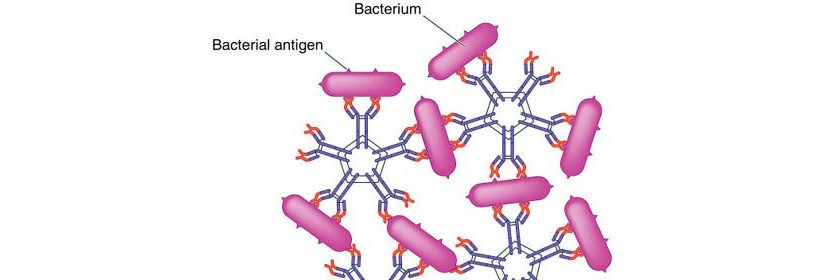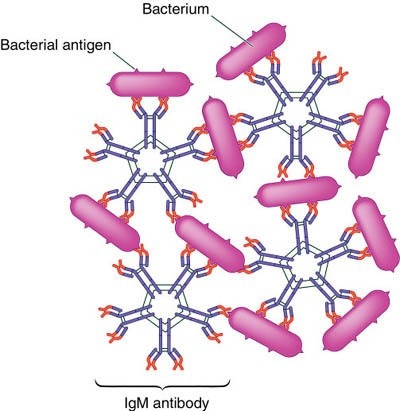No products in the basket.

Elisa testing – Enzyme Linked Immunosorbent Assay Tests
Elisa testing stands for Enzyme-Linked Immunosorbent Assay. It is a test method often used to detect antibodies to an infectious or parasitic disease. Antibodies are immunological proteins produced by an animal in response to exposure to infection. Antibodies are produced by the body as part of its’defence mechanism to disease, as they function in the destruction of infectious agents inside the body. Antibody ELISA testing is routinely used to detect a range of diseases, such as IBR in cattle, toxoplasmosis in sheep, or Equine Infectious Anaemia in horses. Antibodies can be detected using a serology test (on a clotted blood sample) or in some cases in milk samples.
Antibodies are produced by the body to specific antigens. Antigens are present on the surface of viruses, bacteria and parasites. An example of the binding of the antibody to the antigen is shown below:

An antibody ELISA works by demonstrating the binding of circulating antibodies to antigens in a test plate.
Basically, the plate is coated with antigen, then serum or milk samples are added to the plate. If the serum or milk samples contain specific antibodies to the antigen on the plate, then these antibodies will stick to the antigen on the plate. A secondary antibody which has a label attached to it is then added to the plate.
This labelled antibody binds with the bound antibody on the plate. The label is activated through an enzymatic reaction, which results in a colour change. The colour change can then be measured. The degree of colour change is usually related to the concentration of circulating antibody, and so gives a measure of the level of positivity of the sample being tested.
